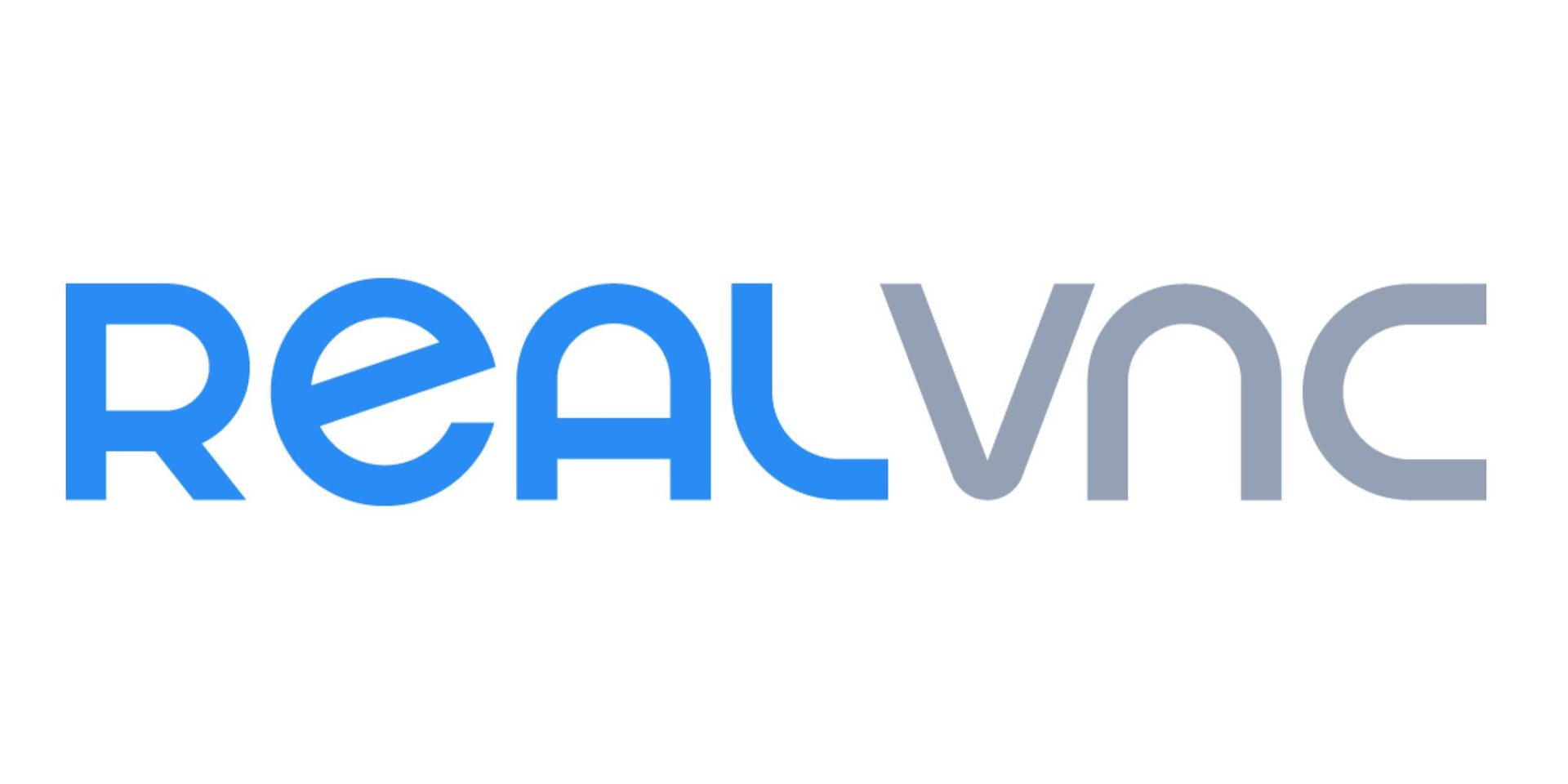-
Pros
- Free version for personal use
- Quick and reliable connections
- Mobile support for remote viewing
-
Cons
- Low frame rate compared with other apps
- No built-in audio chat, video chat, or whiteboard
- Confusing to set up
VNC Connect Specs
| Desktop Shortcut for Remote PC | |
| Free Version For Personal Use | |
| Video Recording |
VNC stands for Virtual Network Computing, an open-source protocol for remotely controlling computers. VNC Connect comprises two products made by RealVNC: remote access software and a cloud service that it uses to operate, which means VNC does not rely on Amazon or Google for transmitting data. To use VNC Connect, you need the RealVNC Viewer app and the RealVNC Server app, which can be confusing. VNC Connect can get the job done but can also be difficult to set up, and it performed poorly in testing compared with other remote access applications. Our top recommendations and Editors' Choice winners for remote access are TeamViewer for personal use and RemotePC for businesses.
What's The Difference Between VNC Connect, RealVNC, and TightVNC?
As mentioned, VNC stands for Virtual Network Computing, an open-source protocol for remotely controlling computers. Most Linux distributions and even macOS come with a version of this VNC protocol built-in. RealVNC is proprietary software that uses this open-source protocol. VNC Connect is the subscription service that enables cloud connections—it's the subject of this review.
RealVNC, the company that makes VNC Connect, has been around since 2002, founded by members of a team at AT&T that invented the VNC protocol in the '90s. It's a strong pedigree and no small part of why the letters VNC are synonymous (by those in the know, at least) with remote access software decades later.
Once upon a time, you could install RealVNC Server on a computer and connect to another computer using the IP address, all without signing up for any kind of account. That's not true anymore. At this point, the RealVNC Server only works if you have a VNC Connect account.
If you'd prefer a direct, IP-based connection, I recommend looking into TightVNC for Windows devices. It's an open-source application based on the same VNC protocol as RealVNC. Linux and macOS users should look into the built-in servers provided by their operating systems, which can be found in the system settings and are based on VNC. Windows has a built-in option, too, albeit not one based on VNC. You can even use RealVNC Viewer to connect to such devices, without a VNC Connect account, over your local network.
How Much Does VNC Connect Cost?
VNC Connect has a free version for personal use called Lite, which limits you to five remote computers for up to three users. It's intended for non-commercial use. The free plan is a little hard to find because it's not mentioned on the pricing page—but you can sign up here. Most remote access software doesn't have a free version, though TeamViewer does. TeamViewer also limits free users to three devices but has better test results.
VNC Connect's paid accounts start at $44.28 per year per device you want to connect. That price is high compared with RemotePC, which can connect with one computer for $29.50 per year and 10 computers for $59.50 per year. RemotePC also performed better than VNC Connect in testing. TeamViewer's paid plans start at $298.80 per year, which sounds expensive until you realize that the plan allows for managing up to 200 devices, while VNC Connect is priced per device. VNC Connect could work out to be cheaper if you're only connecting to a couple of devices, but it ends up being considerably more expensive as soon as you're connecting to a dozen or more.
VNC Connect also has an On Demand Assist feature for quickly connecting with a customer's device. Plans start at $197.88 per technician per year. TeamViewer and RemotePC do not charge separately for this feature, which makes those services seem more affordable by comparison.
Still, VNC Connect is priced competitively, particularly for small businesses that connect to only a few devices. However, it becomes less economic the more features you need.
 (Credit: RealVNC/PCMag)
(Credit: RealVNC/PCMag)What Operating Systems Does VNC Connect Work With?
You need two pieces of software to use VNC Connect: the RealVNC Server, which you install on the computers you want to access, and the RealVNC Viewer, which you install on the devices from which you wish to access other computers. The server works on Windows (7 and later), macOS (10.10 Yosemite and later), and Linux (Ubuntu 16.04 and later, for reference). The Viewer is compatible with all the same versions of Windows, macOS, Linux, but also iOS (14 and later) and iPadOS (13 and later), Android (8 Oreo and later).
There's one more version of RealVNC: a "disposable" version used for on-demand support, which is available for every major platform except Linux.
 (Credit: RealVNC/PCMag)
(Credit: RealVNC/PCMag)Getting Started With VNC Connect
To start using VNC Connect, you need an account. You can sign up for a 14-day free trial or the free Lite version. Either way, you do not need a credit or debit card number.
After setting up an account, you see instructions telling you to install the Real VNC Server on the computers you want to access remotely and the Real VNC Viewer on the devices you want to access the computers from. You then need to sign into your VNC Connect account on all devices.
VNC Connect also has an on-demand assist feature if you pay for it. It gives you a one-time code and instructions that a customer can use to allow you to take control of their computer. This feature doesn't come with the standard VNC Connect trial. You need to request a separate trial to try it out. It’s seamless, though. With the feature enabled, you can send someone instructions and the connection code by email or read them aloud over the phone. Whomever you’re helping should be able to set it up quickly.
More Than Adequate for Troubleshooting Tech Problems
I installed RealVNC Server on a Windows 11 computer and installed RealVNC Viewer on a MacBook Pro, a Windows 11 laptop, and an iPad Mini. I tested the service by connecting over my local network and via my neighbor's distant Wi-Fi connection. VNC Connect performs adequately, particularly if all you need to do is troubleshoot a problem or edit a few documents. It also worked very well for some basic graphics work and even watching videos, provided I was on the same network. Things changed when I connected via a different network—the quality dropped a great deal. Still, it’s more than good enough for troubleshooting issues.
The macOS and Windows versions of RealVNC Viewer have all the same features. A toolbar at the top of the screen, which hides automatically when not being used, is the only real user interface element. The result is a clean app that doesn't get in your way, and that's what you want in a tool mainly used for troubleshooting.
 (Credit: RealVNC/PCMag)
(Credit: RealVNC/PCMag)You can control the mobile version of RealVNC Viewer using gestures, a full list of which is presented after you log in. Pinching and reverse pinching zoom in and out, tapping and dragging move the mouse, and tapping once is a click. You also get a virtual keyboard, brought up using a toolbar at the top of the screen. It's all a little clumsy but usable once you get the hang of it.
Transferring Files the Hard Way
RealVNC recently added a dual-pane file transfer tool, meaning you can browse the complete file system on both computers and transfer files directly from one folder to another. This is a big upgrade, though I wish there were an option for drag-and-drop transfers like what GoToMyPC and Splashtop have.
 (Credit: RealVNC/PCMag)
(Credit: RealVNC/PCMag)You get text chat, which at least allows for some communication with anyone sitting at the other device, but you don't get built-in audio or video chat. Neither do you get a virtual whiteboard, meaning you can't draw on the screen to show someone what's going on. TeamViewer and RemotePC both have whiteboard tools.
Connecting to a device with multiple monitors shows, by default, all monitors, though you can change this setting by pressing F8 and choosing to see a single display instead. RealVNC also makes recording any session easy—just press the Record button. Sessions are saved in the WebM format on the local device.
Verdict: There Are Better Choices for Remote Access
VNC Connect is fine. It's not the best-performing remote access software, it's not the easiest software to set up or use, it's not the most affordable, and it's not the most feature-rich, but it works. If you're looking to use remote access software for home use, try TeamViewer first, our Editors' Choice winner for personal use. Our Editors' Choice for business use is RemotePC, which performs better than VNC Connect while also being more affordable.

